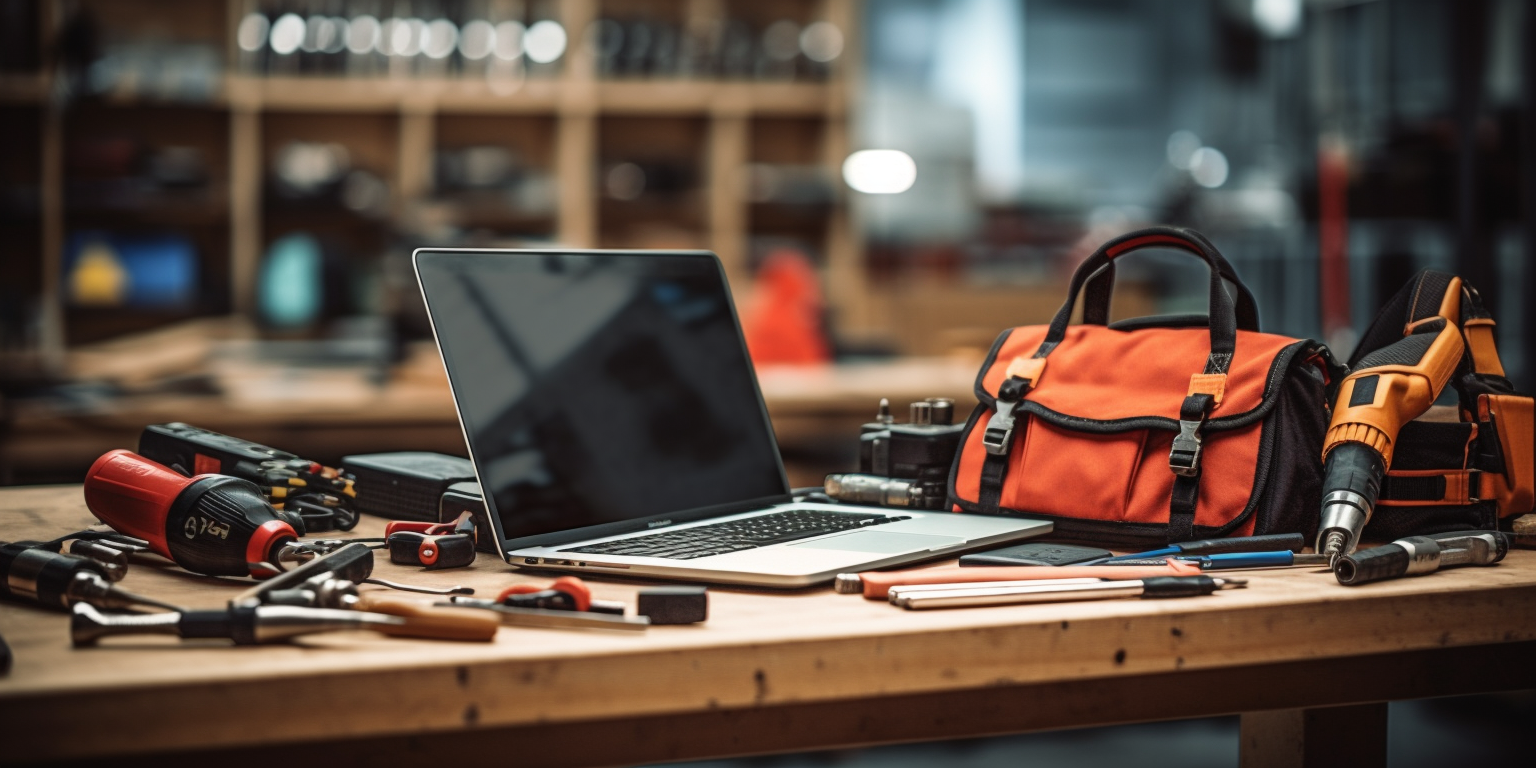Upgrading your work tools can greatly improve your productivity and efficiency in the workplace. With the rapid advancement of technology, there are a variety of tools and resources available that can help streamline your work processes and make your job easier. In this article, we will explore three tips for upgrading your work tools that can help you work smarter, not harder.
The first tip is to identify the tools that you use most frequently and determine if they are outdated or in need of an upgrade. This could include software programs, hardware devices, or even your office equipment. Upgrading these tools can help you save time and increase your productivity by allowing you to work more efficiently.
The second tip is to research new tools and technologies that are available in your field. This may involve attending conferences, reading industry publications, or speaking with colleagues who are knowledgeable about the latest advancements. By staying up-to-date on the latest tools and resources, you can ensure that you are using the most effective tools for your job and maximizing your productivity. Keep reading to learn more.
Assessing Your Current Toolset
When it comes to upgrading your work tools, it’s important to start by assessing your current toolset. This will help you identify the strengths and weaknesses of your current tools, and prioritize upgrades based on your workflow.
Identify Strengths and Weaknesses
To assess your current toolset, start by identifying the strengths and weaknesses of each tool. Consider factors such as functionality, ease of use, and reliability. Make a list of each tool and its strengths and weaknesses, and use this information to guide your upgrade decisions.
For example, if you’re using a laboratory balance that is accurate but difficult to use, you may want to prioritize upgrading to a more user-friendly model from this website. On the other hand, if your current balance is easy to use but not as accurate as you need it to be, you may want to prioritize accuracy in your upgrade.
Prioritize Upgrades Based on Workflow
Once you’ve identified the strengths and weaknesses of your current toolset, it’s time to prioritize upgrades based on your workflow. Consider the processes and workflows you use most frequently, and identify any tools that are slowing you down or causing issues.
For example, if you’re a graphic designer who spends a lot of time working with large files, you may want to prioritize upgrading your computer’s processing power and storage capacity. Or, if you’re a writer who frequently collaborates with others, you may want to prioritize upgrading your communication tools to improve your workflow.
By assessing your current toolset and prioritizing upgrades based on your workflow, you can ensure that your upgrades are strategic and will have the greatest impact on your productivity and success.
Implementing Upgrades Strategically
Upgrading work tools can bring significant benefits to a business, but it is important to ensure that the process is carried out strategically. By taking a structured approach, businesses can minimize disruption and ensure that the upgrades are effective in delivering the desired outcomes. Take a look at a hood cleaner near me for a great way to maintain your business equipment. Here are three key steps to implementing upgrades strategically:
Develop a Structured Upgrade Plan
Before embarking on any upgrade, it is important to develop a structured plan that outlines the steps that will be taken to implement the upgrades. The plan should include a timeline for each step, as well as details of any training or support that will be required. By developing a plan, businesses can ensure that the process is carried out in a logical and efficient manner, minimizing disruption to day-to-day operations.
Ensure Smooth Transition with Training and Support
One of the most important aspects of any upgrade is ensuring that employees are trained and supported in using the new tools. This can help to minimize disruption and ensure that the upgrades are effective in delivering the desired outcomes. Training should be tailored to the specific needs of each employee, and should be provided in a way that is accessible and easy to understand. Ongoing support should also be provided to ensure that employees can continue to use the tools effectively.
Monitor and Evaluate the Impact
Once the upgrades have been implemented, it is important to monitor and evaluate their impact. This can help to identify any areas where further improvements may be required, and can also help to ensure that the upgrades are delivering the desired outcomes. Monitoring can also help to identify any security or communication issues that may arise as a result of the upgrades, allowing businesses to take steps to address these issues.
By following these steps, businesses can upgrade their work tools in a way that is structured, efficient, and effective. With the right training, development, and monitoring, businesses can ensure that their upgrades deliver real benefits, while minimizing disruption to day-to-day operations.

